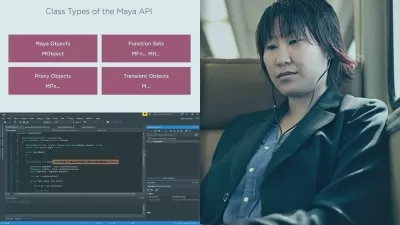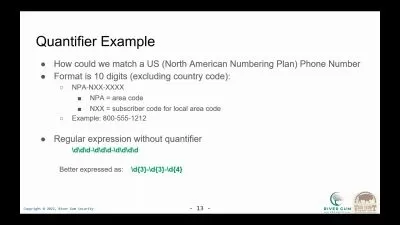Functional C# 10
Zoran Horvat
4:09:46
Description
If you have a feeling that traditional object-oriented design is impeding your progress, then this course will teach you how to apply functional modeling and design, so as to improve development speed and flexibility of the resulting model.
What You'll Learn?
In the recent years, we are witnessing C# language specification incorporating more and more functional syntactical elements in addition to its excellent object-oriented core. But as it goes, those novelties require proper understanding before we can enjoy the benefits they bring to the design. In this course, Functional C#, you’ll learn to design domain types and behavior using functional techniques and novel C# syntax, while still remaining within premises of the C# programming language. First, you’ll explore the core elements that make one design functional, as opposed to (better yet: in addition to!) object-oriented. Next, you’ll discover how each of the functional programming elements and techniques maps to the C# language syntax. Finally, you’ll learn how to build domain models of substantial complexity, while firmly holding to functional programming techniques and methods. When you’re finished with this course, you’ll have the skills and knowledge of functional programming applied to C#, needed to design and implement real-world business applications.
More details
User Reviews
Rating
Zoran Horvat
Instructor's Courses
Pluralsight
View courses Pluralsight- language english
- Training sessions 54
- duration 4:09:46
- level average
- English subtitles has
- Release Date 2023/01/08















